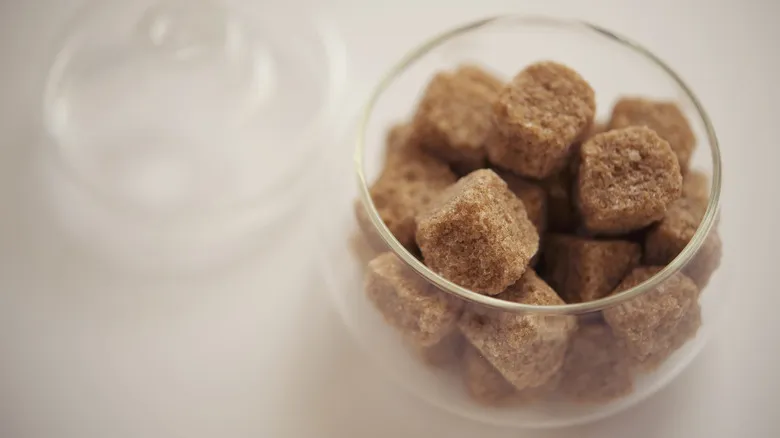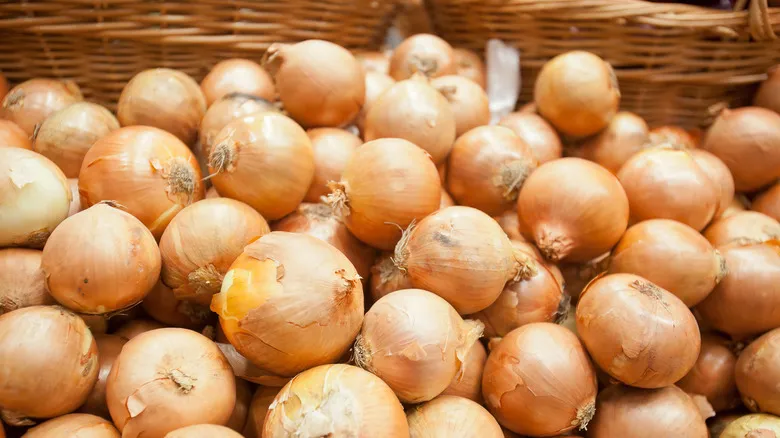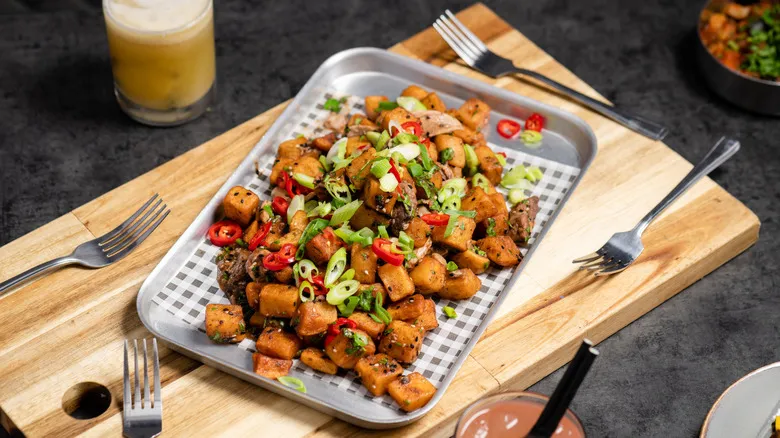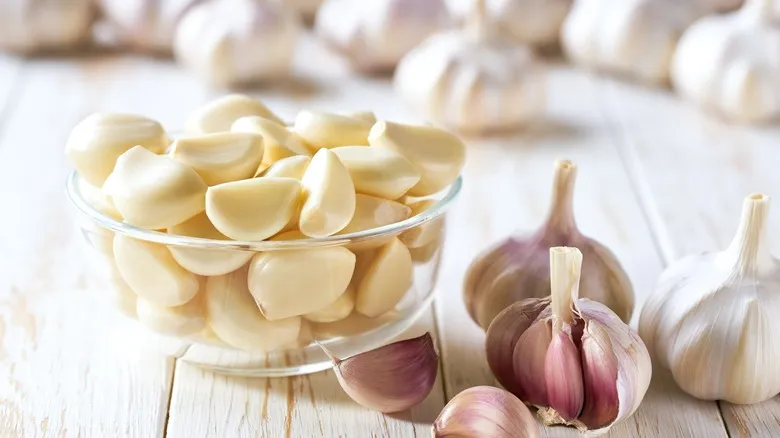Ratios, recipes, and storage tips for homemade brown sugar

Certainly! Here’s a rewritten version of the text:
The ratio of 1 to 2 tablespoons of molasses per cup of white sugar serves as a general guideline. If you desire a stronger molasses flavor, feel free to add more molasses to your sugar. It's also essential to take into account the type of molasses you choose. There are three primary varieties: light, dark, and blackstrap. Light molasses is the most commonly used in baking and is the ideal choice for making brown sugar. It offers a warm, subtle flavor without the bitterness found in blackstrap. Dark molasses has a deeper flavor and is frequently used in gingerbread recipes. If you prefer a bolder taste, you might try using dark molasses in your brown sugar. In contrast, blackstrap molasses is less sweet and can have a bitter taste, making it more suitable for savory dishes, so it's best to avoid it when preparing brown sugar.
When it comes to storing brown sugar, it's crucial to prevent it from hardening. If left exposed or in an open container, brown sugar can dry out and become a solid lump, rendering it nearly unusable. There are several methods to keep it soft. One option is to place a slice of bread in the container, which will help retain moisture. Another effective way to store brown sugar is to add a small piece of terracotta, known as a sugar saver, to your jar. This will help maintain the softness, freshness, and rich molasses flavor of your brown sugar.
Recommended

How Long Can You Store Onions In The Freezer?

Out Of Chips For Nachos? Make This Simple Swap To Save The Day

When To Use Fresh Garlic Vs Powder

The Reason Butter Usually Tastes Better At A Restaurant
Next up

